Illustration: Mushbuh
MOVEMENT is a powerful rhythm effects processor capable of adding life to any sound. In this walkthrough, we look at how to use MOVEMENT to wobble a piano chord progression.
Load in a piano chord progression and add MOVEMENT to the track. Initialize MOVEMENT by loading up the preset 000.Init so that we can start from scratch.
In this walkthrough we’re only going to use engine A, so disable engine B by clicking on the engine’s on / off button (located towards the inner middle of the engine).

Using the filter module
Add a filter module to engine A, and set its type to Band-Pass 2Pole. This will cut off the low and high frequencies of the piano, and will make the effect more obvious when we apply modulation later. Bring the cutoff of the filter to around 1 kHz.

Apply the rhythm 2 modulator to the filter by dragging-and-dropping the orange circle onto the cutoff parameter. This will make the filter wobble, adding the heart of the motion characteristic to the piano.
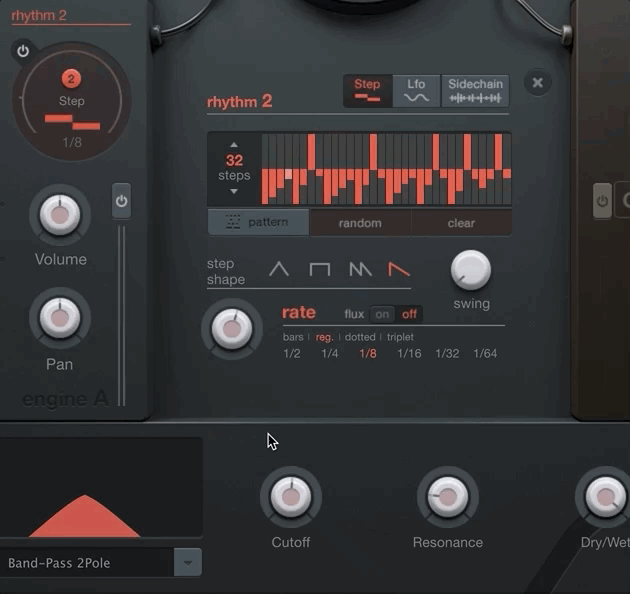
This is the core of MOVEMENT’s workflow. You can drag-and-drop the rhythm modulators onto any of the effect parameters.
You can adjust the range of modulation on any parameter by clicking and dragging the small white section on the bottom of the modulation circle. To attenuate the wobble amount, reduce the modulation range to around half of its full value. This is a great parameter to experiment with in general.
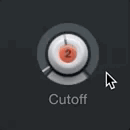
One of the best features in MOVEMENT is the step sequencer, which includes preset patterns that are all very musical and well thought out. Click the pattern button to reveal the preset patterns.
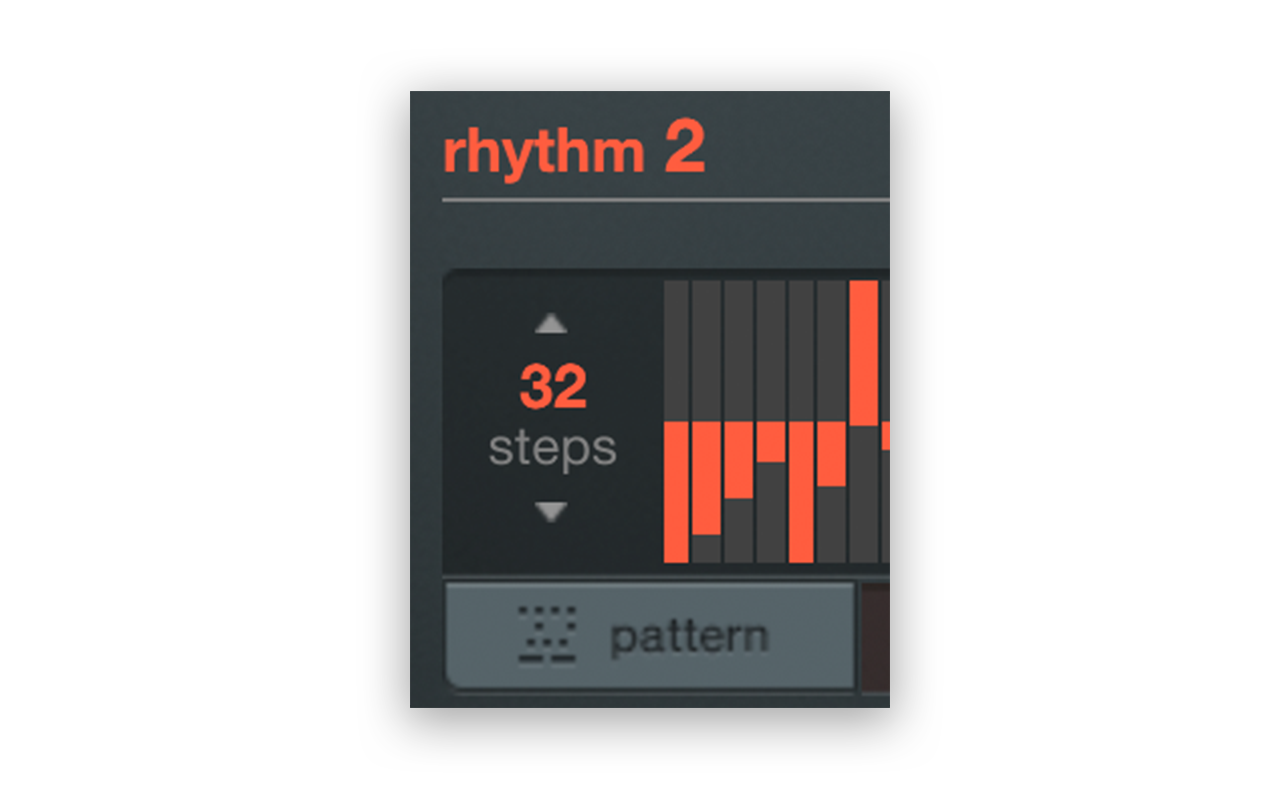
Here’s the one we selected:
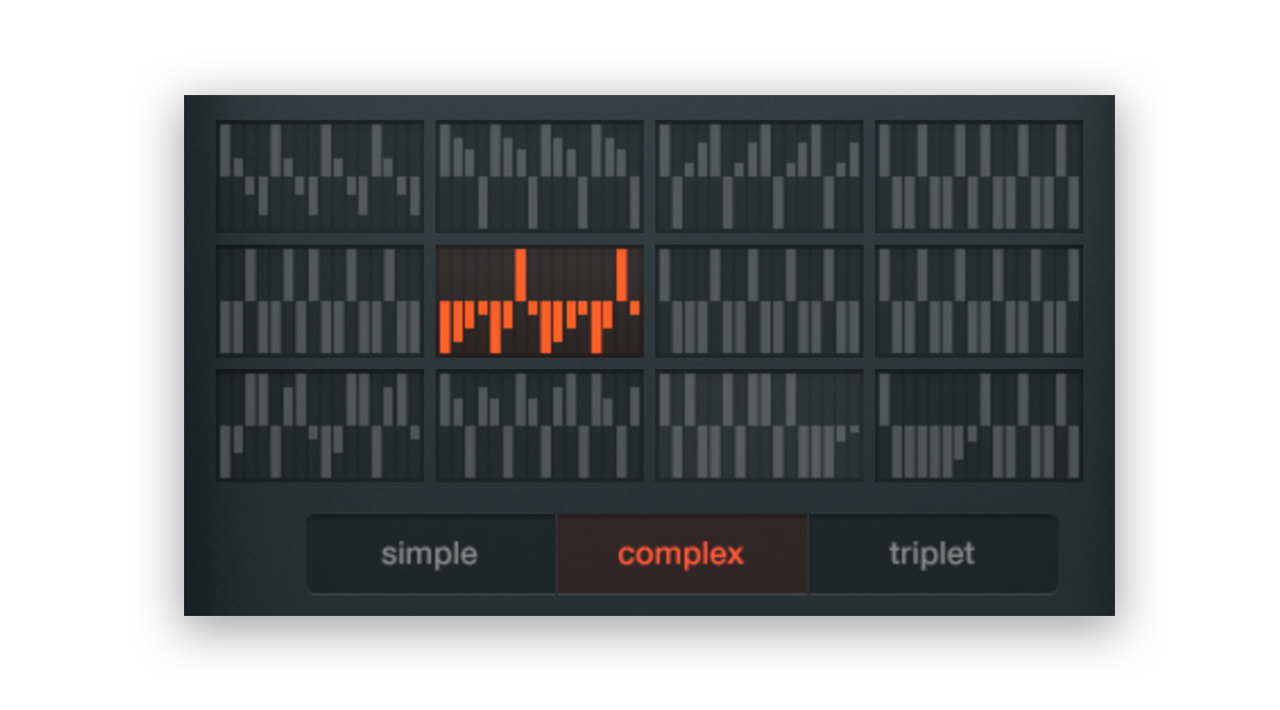
Using the delay module
Next, add a delay module to engine A – this will add a fluttering motion to the piano chords. Drag-and-drop the rhythm 1 modulator (an LFO by default) onto the feedback parameter of the delay. Things will start to go crazy pretty quickly, so attenuate the modulation amount by dragging the small white section on the bottom of the modulation circle. You can play with with feedback amount as well as the time parameter, which will change the effect noticeably.
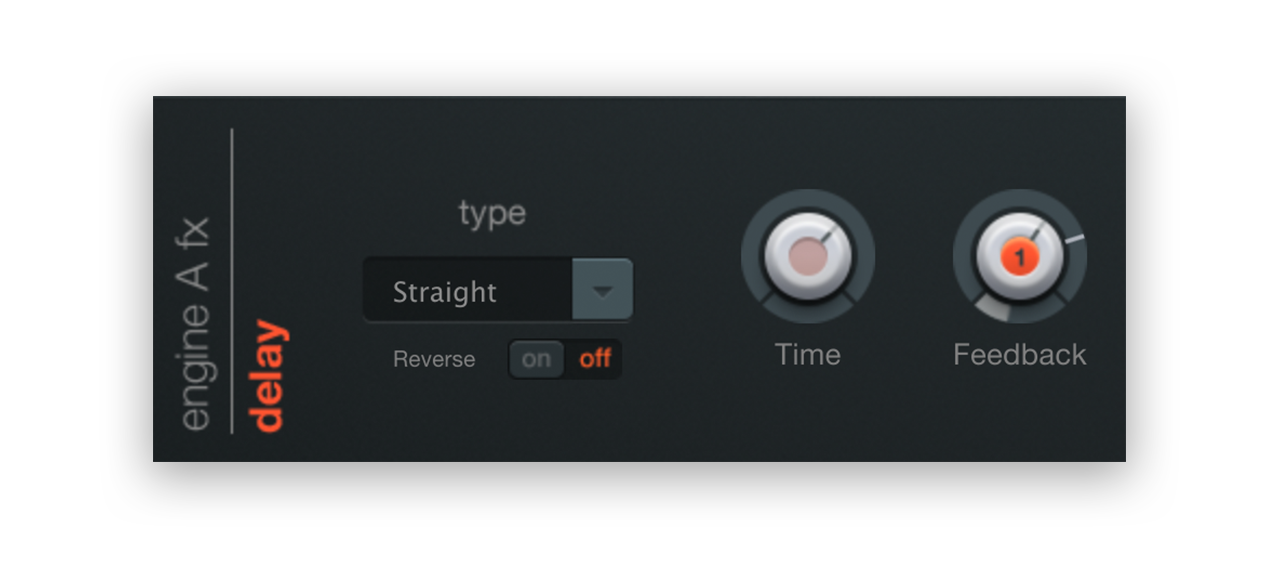
There are a lot of other great techniques in MOVEMENT as well – if you know of any, let us know your favorites in the comments below!
May 11, 2018



